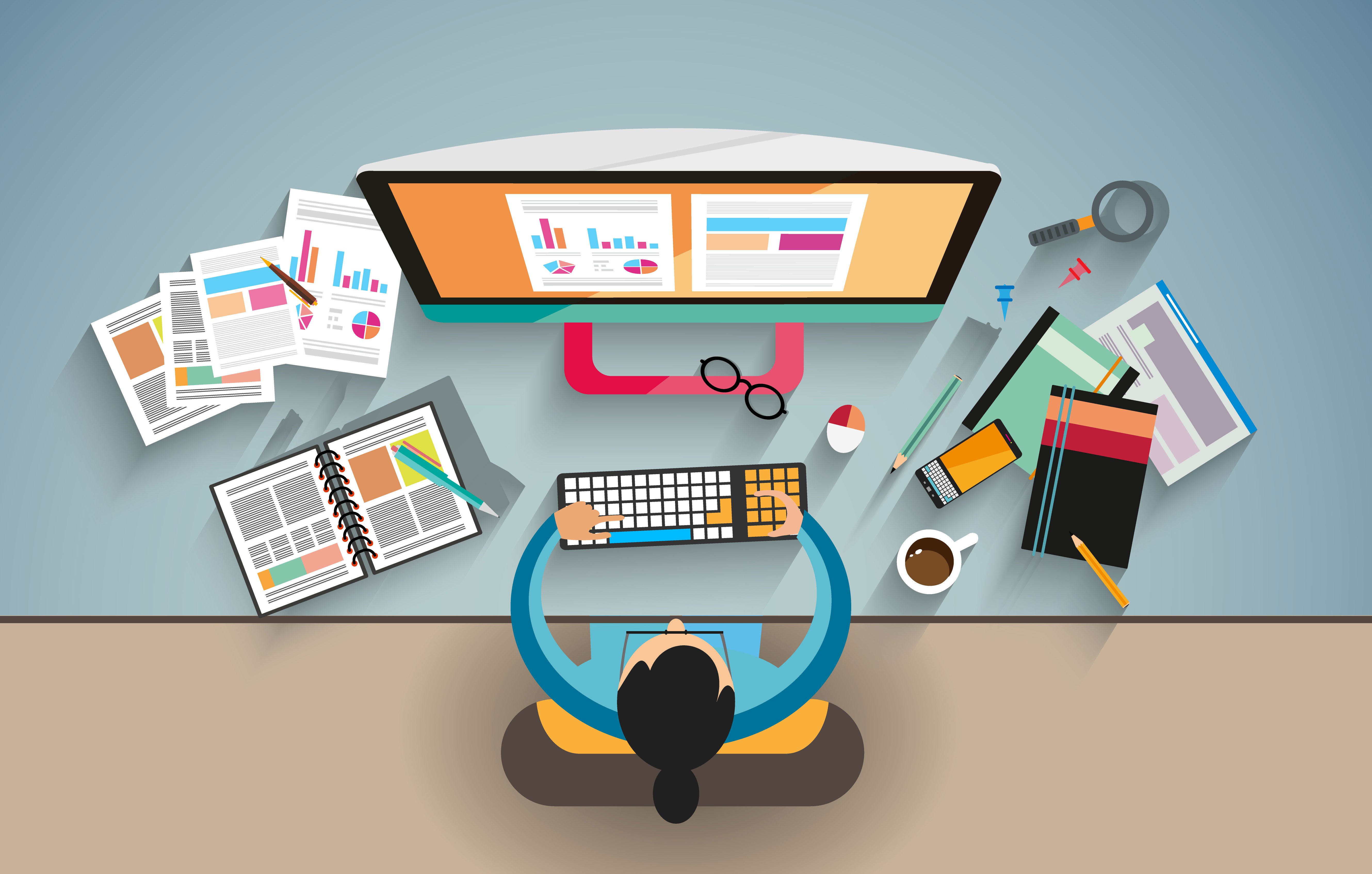The Very Best Kinds Of Web Style to Enhance Individual Experience and Engagement
In the ever-evolving landscape of electronic interaction, the efficiency of Web design dramatically impacts customer experience and engagement. Different layout methods, such as minimal, receptive, and interactive layouts, each deal one-of-a-kind advantages that can accommodate varied user requirements. Recognizing which types of website design finest offer these objectives can be essential for businesses aiming to improve consumer complete satisfaction and retention. The inquiry remains: which design elements really resonate with individuals and foster purposeful engagement? The expedition of these concepts reveals vital understandings that might redefine your approach to website design.
Minimalist Web Design
As electronic landscapes come to be significantly chaotic, minimal Web style has emerged as a powerful approach to boosting customer experience. This style approach prioritizes simplicity, concentrating on essential components while removing unneeded diversions. By using sufficient white area, uncomplicated navigating, and a limited color scheme, minimalist layout promotes clearness and directs customer attention to essential content.
The core principle of minimal website design is to create a smooth interaction for customers. By lowering cognitive tons, users can promptly comprehend information without really feeling overwhelmed. This straight technique not only boosts functionality yet likewise encourages involvement, as visitors are most likely to explore a website that is visually attractive and easy to navigate.
In addition, minimalist style frequently emphasizes typography and images, using these elements strategically to communicate messages efficiently. This concentrate on necessary parts can improve brand name identity and produce a remarkable customer experience. In essence, minimal website design is not simply a fad; it is a thoughtful approach that identifies the significance of user-centered style. By removing additional components, designers can produce an extra engaging, reliable, and satisfying Web experience for all users.
Receptive Web Layout
In today's varied digital atmosphere, responsive Web style has actually come to be crucial for creating a seamless user experience across a wide range of gadgets. As individuals gain access to web sites on mobile phones, laptop computers, desktop computers, and tablet computers, the capacity of an internet site to adjust its design and material to different screen dimensions and resolutions is crucial.
Receptive Web style uses flexible grids, images, and CSS media questions to make certain that Web content exists optimally, regardless of the tool utilized. This technique not only enhances the aesthetic charm of a web site however likewise substantially enhances usability. Customers are more probable to engage with a website that provides a consistent experience, as it removes the stress of needing to zoom in or scroll exceedingly.
By taking on receptive style, organizations can enhance their presence and reach a wider target market. In summary, responsive Web layout is an essential technique that enhances individual experience, interaction, and overall fulfillment.
Interactive Web Design
Responsive website design lays the groundwork for improving individual experience, yet interactive website design takes this a step even more by engaging individuals in an extra dynamic way - Aligned Position Web Design. By integrating components such as animations, clickable prototypes, and real-time comments, interactive website design astounds users, drawing them into a richer browsing experience
This technique not just cultivates engagement but also motivates individuals to check out material proactively instead than passively eating it. Strategies such as gamification, where users earn rewards for completing tasks, can substantially boost the moment invested on a website and boost general satisfaction. Interactive features can simplify intricate details, making it extra satisfying and digestible.

Including interactive design aspects can additionally result in greater conversion prices, as users are more probable to engage with a site that proactively involves them. Aligned Position Web Design. Eventually, interactive website design transforms individual experiences right into memorable journeys, making sure that visitors return time and again
Apartment Design
Characterized by its minimalistic method, level style stresses simpleness and capability, removing away unneeded components and concentrating on essential functions. This style approach focuses on functionality, making sure that individuals can browse interfaces easily and effectiveness. By utilizing a clean aesthetic, flat design eliminates the mess usually located in extra luxuriant designs, consequently improving individual concentrate on content and functionality.
The hallmark of level layout hinges on its use strong colors, simple typography, and geometric shapes. These components add to an directory aesthetically attractive interface that is both modern and approachable. Furthermore, flat style promotes a sense of clarity, permitting individuals to determine vital activities and information without interruption.
Furthermore, level style is particularly reliable in responsive website design, as its simplicity converts well across various gadgets and screen dimensions. The absence of detailed structures and gradients decreases packing times, which is crucial for keeping individual involvement. As digital landscapes remain to progress, level style remains an appropriate choice for producing user-friendly web sites that enhance general experience. By concentrating on necessary features, level design not only fulfills user demands but likewise encourages seamless interaction, making it a crucial component of efficient website design approaches.
Flexible Website Design
Flexible website design customizes the individual experience by producing numerous dealt with layouts tailored to different screen sizes and devices. Unlike responsive style, which fluidly changes a single design, adaptive style uses distinctive formats for details breakpoints, ensuring optimal presentation on various navigate to this site platforms. This approach allows designers to concentrate on the unique characteristics of each device, enhancing usability by delivering exactly what users need based upon their context.
Among the key benefits of flexible website design is its ability to optimize lots times and efficiency. By offering tailored content and images my response that fit the customer's tool, web sites can reduce data use and improve loading rates. This is specifically valuable for customers with slower links or restricted data strategies.

Furthermore, flexible design facilitates a much more constant and regulated branding experience. Given that designers produce numerous layouts, they can make sure that the aesthetic aspects line up with the brand name's identity across various systems - Aligned Position Web Design. This results in a cohesive individual experience, boosting engagement and promoting individual retention
Verdict
Finally, the combination of minimal, receptive, and interactive website design principles dramatically enhances user experience and interaction. Minimal layout cultivates clarity and focus, while responsive style makes certain flexibility across various devices, promoting availability. Interactive layout astounds customers via dynamic elements, encouraging exploration and customization. Jointly, these style comes close to add to the production of straightforward settings that not just boost satisfaction but additionally drive greater conversion prices, emphasizing their essential relevance in modern Web style methods.

Minimalist style promotes quality and emphasis, while receptive design ensures adaptability across different gadgets, advertising availability. Jointly, these style comes close to add to the production of straightforward settings that not just boost satisfaction but additionally drive greater conversion prices, emphasizing their essential relevance in contemporary Web layout approaches.